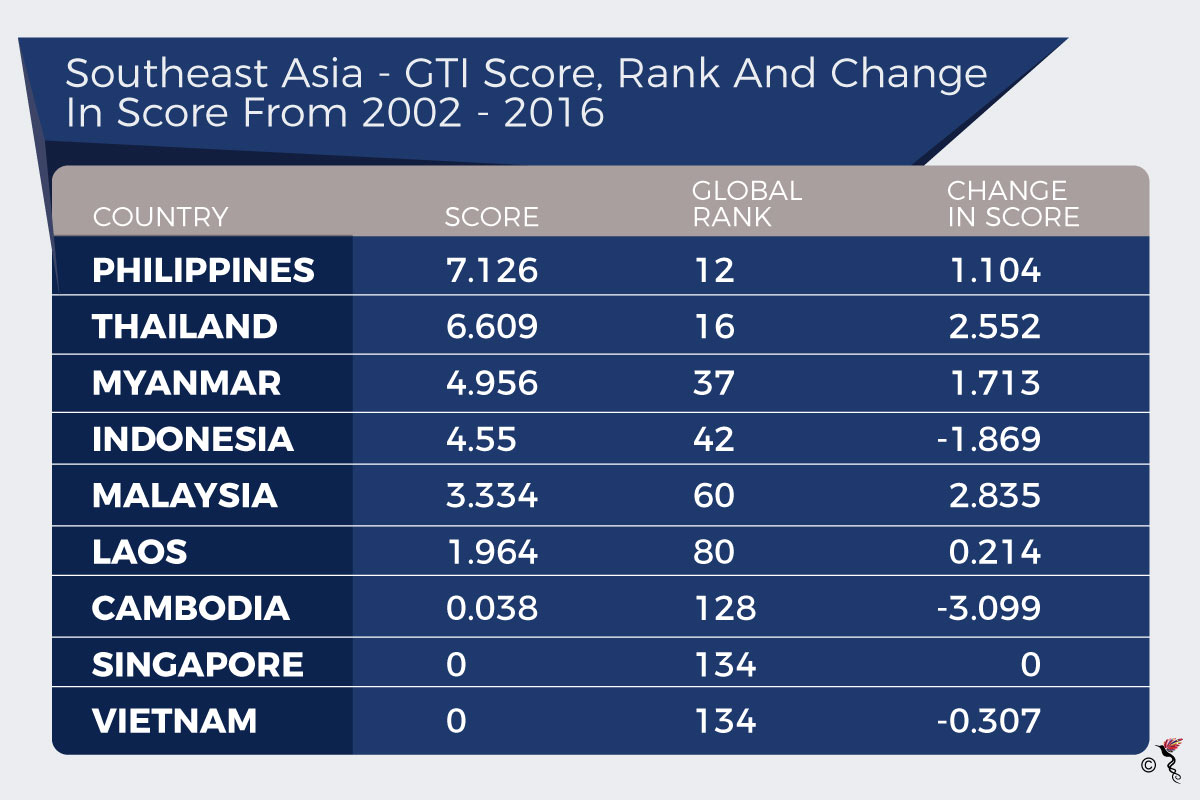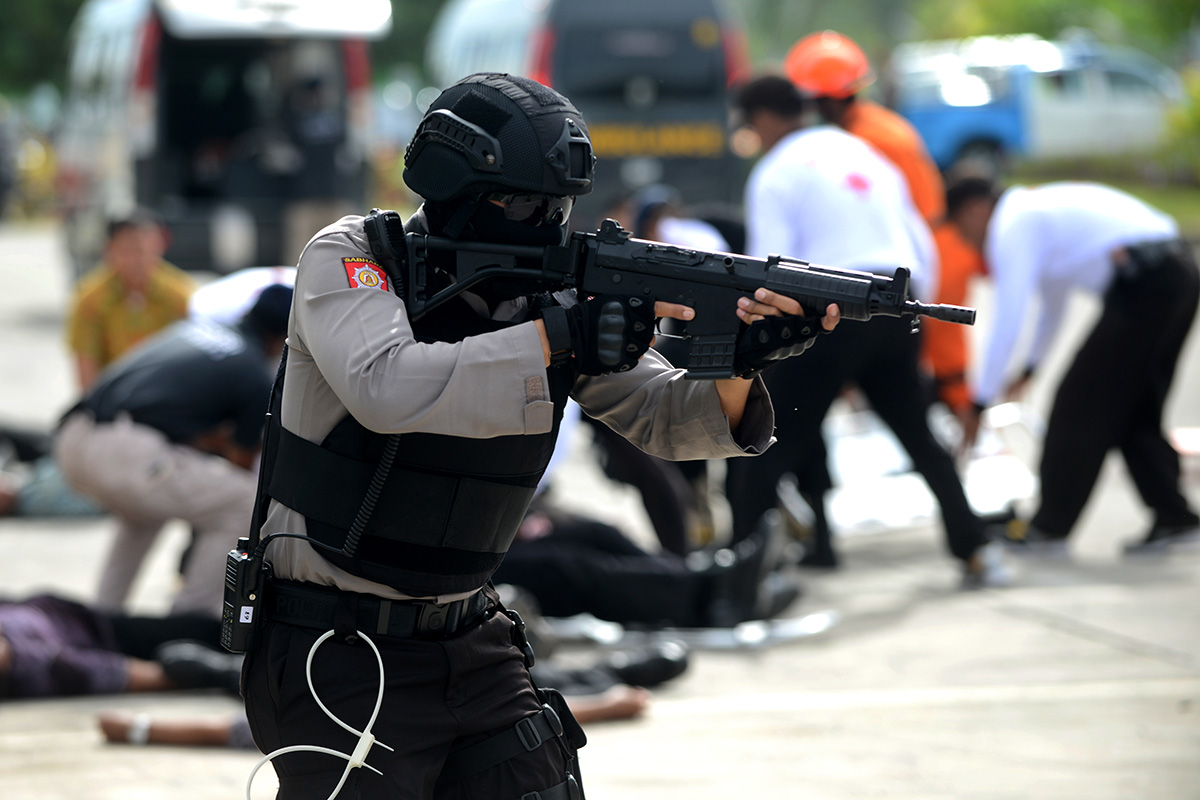The launch of Jakarta's new cyber security agency, the National Cyber and Encryption Agency (BSSN) brings Indonesia one step closer to combating the spread of terrorism through online and social media platforms.
The new agency will target, among other things, the abuse of social media platforms by terrorist groups to secure much-needed financing as well as to recruit and train members in remote locations. According to the Indonesian Financial Transaction Reports and Analysis Center (PPTAK), 1,154 Indonesian citizens were identified to have become foreign terrorist fighters in 2016.
However, with the arrival of the BSSN, Indonesia will be able to utilise technology to better trace the source of funding for terrorist activities as well as get a better understanding of their overall behaviour.
"We will help the National Police Headquarters in counter-terrorism. Of course, there will be sharing of information, and we will also use the latest technology to detect and locate. We will share whatever we find with the relevant authorities, in this case the Police," said Major General Djoko Setiadi, chief of the newly installed BSSN to ANTARA News on the 4th of January.
Social media has long been a platform for terrorist groups to spread propaganda about their activities to members, as well as stream suicide and execution videos in real time. It has also been an effective platform for terrorist groups to obtain funding from the public, both direct and indirectly.
Direct financing has sometimes been obtained by individuals who have vast followings on social media, which then leads to the possibility that some of these social media accounts may have been used to obtain terrorist financing. These are less common because they are easily detected by social media operators like Facebook and Twitter who have taken measures to shut down such accounts wherever possible. Facebook, for one, has said that it now has the capability to remove 99% of terrorist-related content before it’s flagged by users as harmful or offensive.
Indirect solicitation of funds, whereupon donors set up accounts on behalf of terrorists, is more common. Last year, it was reported by Channel News Asia that 45 radicalised domestic workers based in Hong Kong had been found to be soliciting such funds via social media. The same can be said for youth groups, who tend to have a higher exposure to social media and less awareness of its potential dangers.
“Communication and messaging are substantial tools to counter terrorism since terrorist organizations are making use of cyberspace for their own nefarious purposes. Given that Southeast Asia's young population is complacent with the use of the internet, a massive spread of propaganda is launched from here to influence people, employ recruitment and gather intelligence on potential targets,” said security analyst Dr. Chester Cabalza of the Development Academy of the Philippines.

Apart from social media, terrorist groups have also been known to utilise a mixture of encrypted chat apps to recruit and train volunteers. In one such instance in India, this involved an influential figure among IS circles, Abu Issa al-Amriki, who simply had a public Twitter profile which he used to redirect potential new recruits to the encrypted messaging app Telegram, as well as Totanota, a secure email server.
All this was revealed when one of his recruits, Mohammad Ibrahim Yazdani, made a confession to the police after his arrest along with the group he had gone on to help recruit, with Amriki’s guidance.
Preventive measures likely to be employed to counter online-related terrorism activity include employing software and algorithms to filter through and removing online content of a violent or extremist nature.
Big data comprising of large unstructured and structured datasets from apps, websites and other online services also plays a role in predicting planned terrorist activity. Such data usually shows the user’s daily habits, including clicks, how long they spend on any particular application, how they make payments for goods and services, etc. Statistics like Uber’s, for instance, could show a particular user’s travelling patterns.
The data can then be put through predictive analytics, including statistical modelling techniques and machine learning software to create a fuller picture.
Even though this is trickier when it comes to chat apps with end-to-end encryption in place, it would still be possible to build user profiles based on surrounding behavioural data alone.
Ultimately this is also where, looking ahead, governments should work with tech companies to leverage social media user data to create targeted solutions against terrorism. At the moment, there is still difficulty in finding the right balance between data privacy and national security. Consequently, Indonesia's BSSN would seem to have its work cut out for it.
